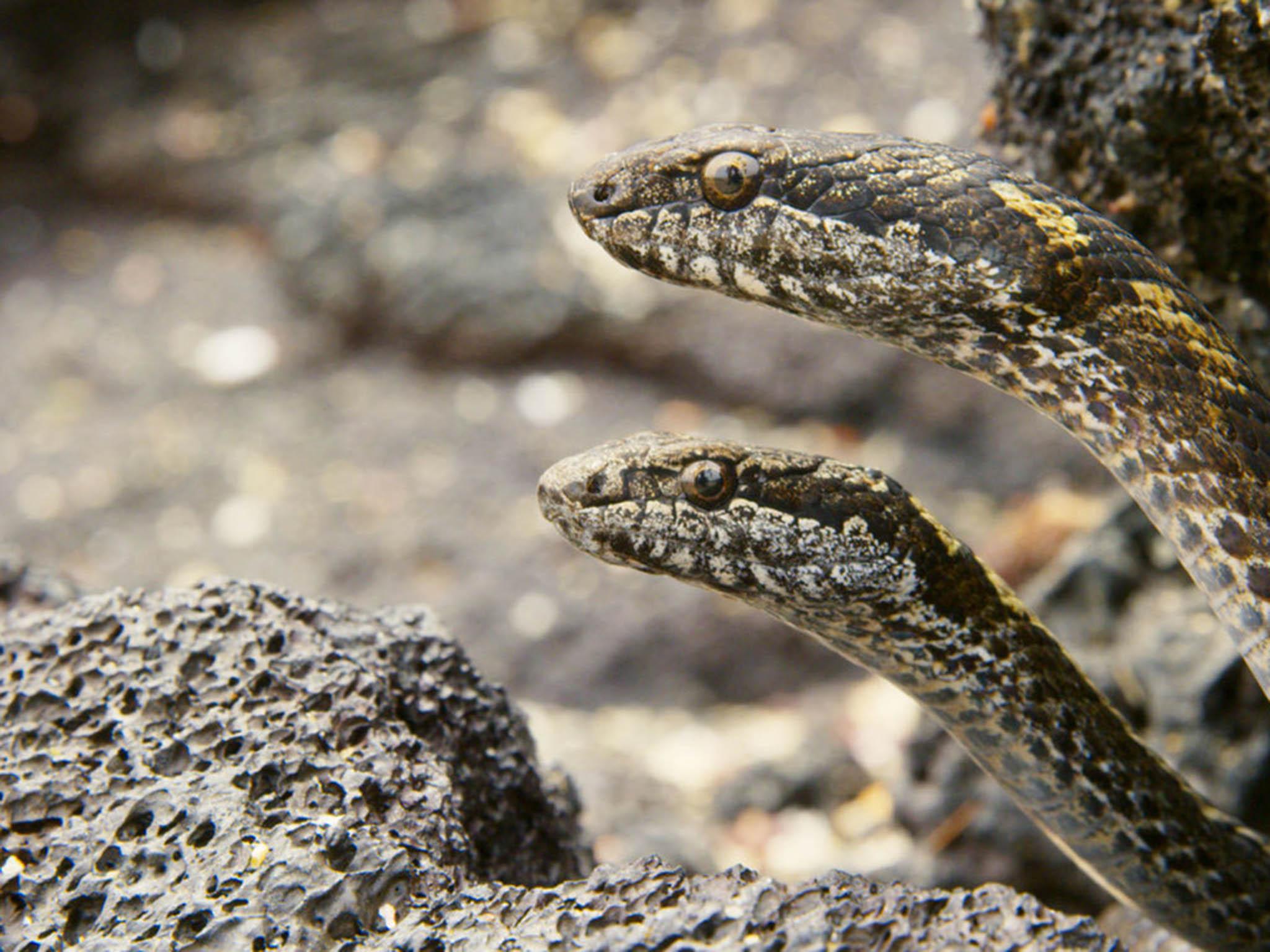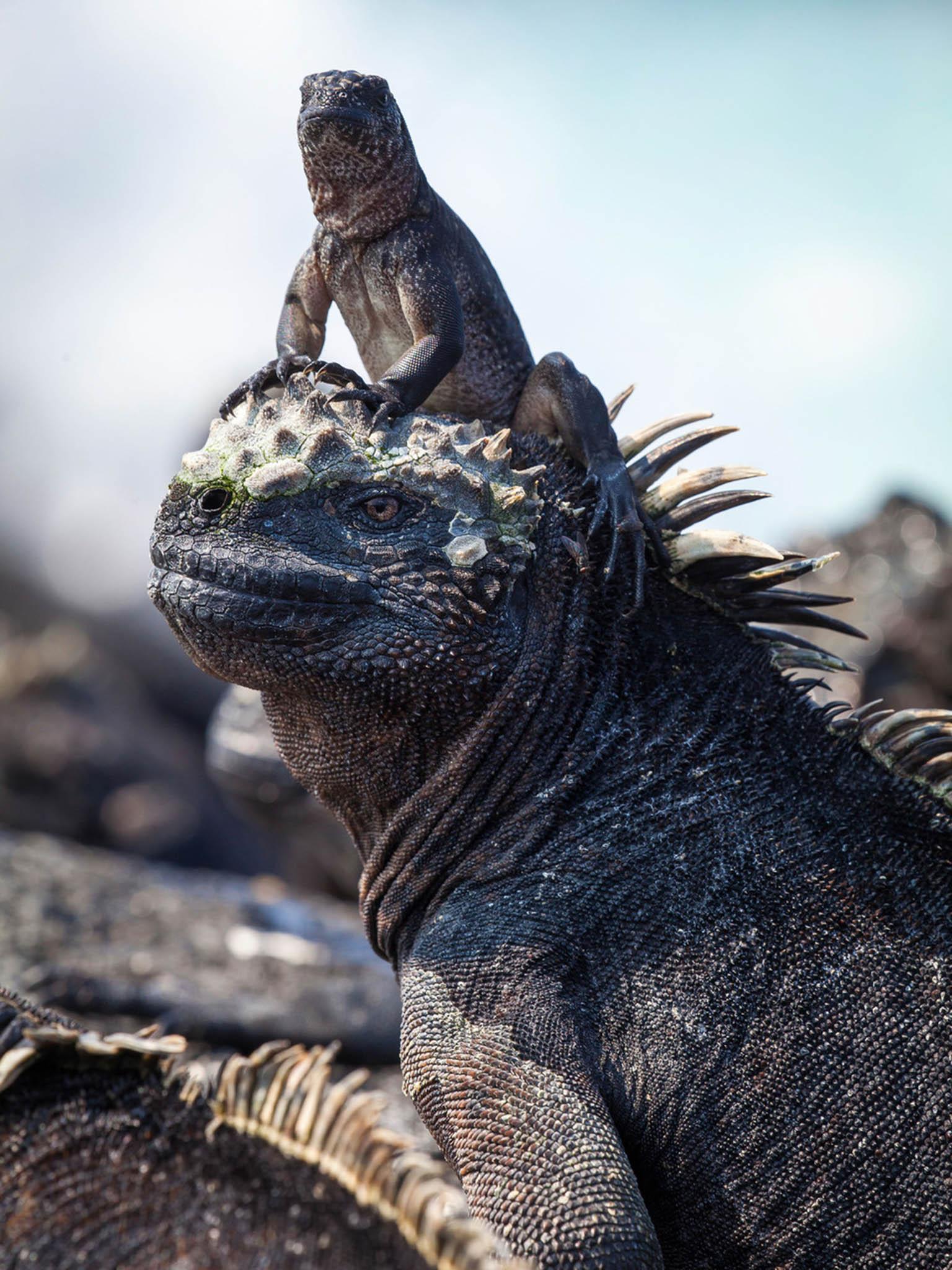In defence of racer snakes – the demons of Planet Earth II (they’re only after a meal)
TV audiences cheered on the iguanas’ escape, but won’t somebody think of the poor snakes?

Your support helps us to tell the story
From reproductive rights to climate change to Big Tech, The Independent is on the ground when the story is developing. Whether it's investigating the financials of Elon Musk's pro-Trump PAC or producing our latest documentary, 'The A Word', which shines a light on the American women fighting for reproductive rights, we know how important it is to parse out the facts from the messaging.
At such a critical moment in US history, we need reporters on the ground. Your donation allows us to keep sending journalists to speak to both sides of the story.
The Independent is trusted by Americans across the entire political spectrum. And unlike many other quality news outlets, we choose not to lock Americans out of our reporting and analysis with paywalls. We believe quality journalism should be available to everyone, paid for by those who can afford it.
Your support makes all the difference.It’s the stuff of nightmares: a rockface that comes alive with a writhing mass of snapping serpents seemingly hellbent on working together to capture and consume a defenceless young marine iguana.
This jaw-dropping scene aired as part of the new series of the BBC’s flagship natural history programme, Planet Earth II, and seems to have captured the imagination of millions.
Filmed on Fernandina Island in the Galapagos, the Galapagos Racer (Philodryas biserialis) is a slim, fast-moving, mildly venomous snake that reaches lengths of up to 120cm.
They were filmed during their best feeding opportunity of the year, as young iguanas are born and make a dash for the safety of the higher rocks above. Snake eyesight has evolved to quickly detect movement – and once they spot a target, their reactions can appear highly aggressive and relentless in pursuit.
It’s all too easy to demonise the snake, and for years that’s exactly what the media has encouraged. Reports involving snakes are commonly misrepresented or deliberately sensationalised. Snakes are often portrayed as slimy, cold, angry sticks with teeth rather than anything resembling a living, breathing creature. This of course does little to alleviate public ophidiophobia, an irrational fear of snakes.
In fact, my first break as a wildlife presenter came about following a phone call from the BBC Natural History department regarding snakes, having seen me deliver a talk for the British Association of Science at Cardiff University.
“We’d love to shoot a documentary about adders with you,” the voice on the other end of the phone exclaimed. “We especially want to see the fangs, and the venom … just how much venom can we see from milking an adder?”
Taking a deep breath, I clarified through gritted teeth that Britain’s only venomous snake was both shy and reclusive and not at all aggressive. It was a delicate snake that could easily be injured, and it would be unethical to undertake such an exercise just for the camera. A documentary of that calibre would present adders in a poor light, and it was not a project I would want to be part of.
“Okay,” the voice replied, seemingly without hearing a word I had just uttered. “Do you know anyone else that would be interested?”

I remember thinking that that would be the last chance I’d ever have to work for the BBC, but also feeling that I’d made the right decision. A couple of days later, though, I received another call telling me that the documentary had been poorly thought out and that a decision had been made to cancel the production. As you can imagine, I was relieved. And rather than hinder my career, my stand attracted BBC producers with better judgement, and eventually led to me presenting my own primetime BBC One wildlife series, Rhys Jones’s Wildlife Patrol.
But while it worked out well for me in the end, the same cannot be said for the racer snake, which has already been roundly and colourfully attacked. Rather than capturing a coordinated attack from snakes hunting as a pack, the clip from Planet Earth II actually shows a number of snakes acting individually, on instinct. The time of year when these iguanas hatch is for these snakes the equivalent of Black Friday bargain hunting – it’s every snake for itself, because if they miss out here, they’ll go hungry. Collectively, the actions of these snakes can appear terrifying, but once a snake eats it loses its desire to hunt again.
Unlike mammals, snakes don’t chew their food and have no appendages with which to carve up a share of their quarry with their kin. Evolution has instead led them to consume their prey whole, digesting bones and all. As ectothermic – or cold-blooded – animals, reptiles only require around a tenth of the food intake of a similarly-sized mammal to survive. Once prey is consumed, the snake may not eat again for several weeks.
It is perhaps because snakes’ eating habits, appearance and movement is alien to us that we fear them. After all, we are most often afraid of the things we don’t understand and struggle to anticipate. Throughout history we’ve presented the snake as a symbol of evil and danger. No surprise then to witness the relief felt when the little iguana slipped through the snakes’ constricting coils and escaped to safety. But I suspect very few people gave a second thought to the plight of the snakes left hungry on the beach.
This article first appeared on The Conversation (theconversation.com). Rhys Jones, is a lecturer in biology, at Cardiff University
Join our commenting forum
Join thought-provoking conversations, follow other Independent readers and see their replies
Comments